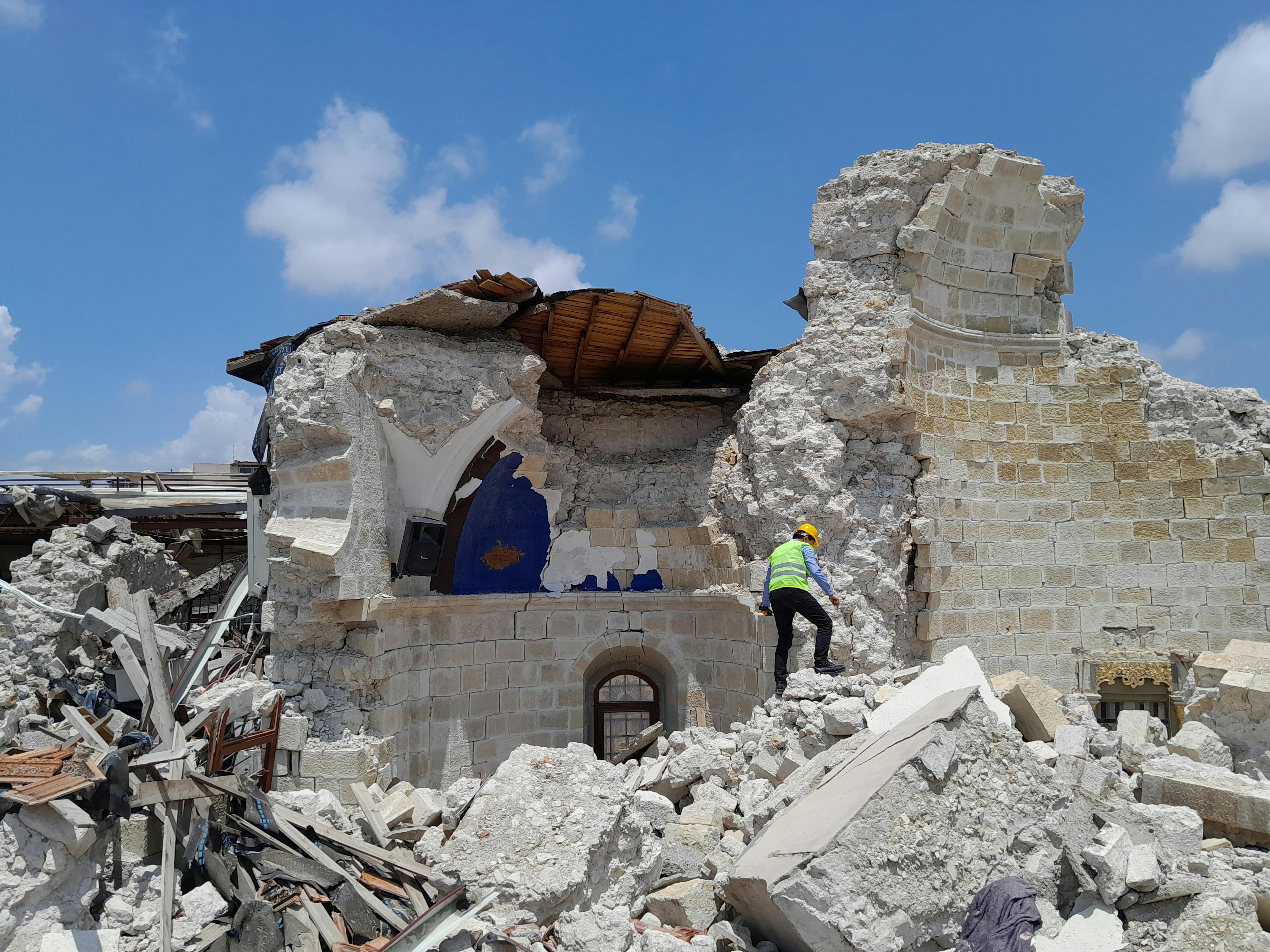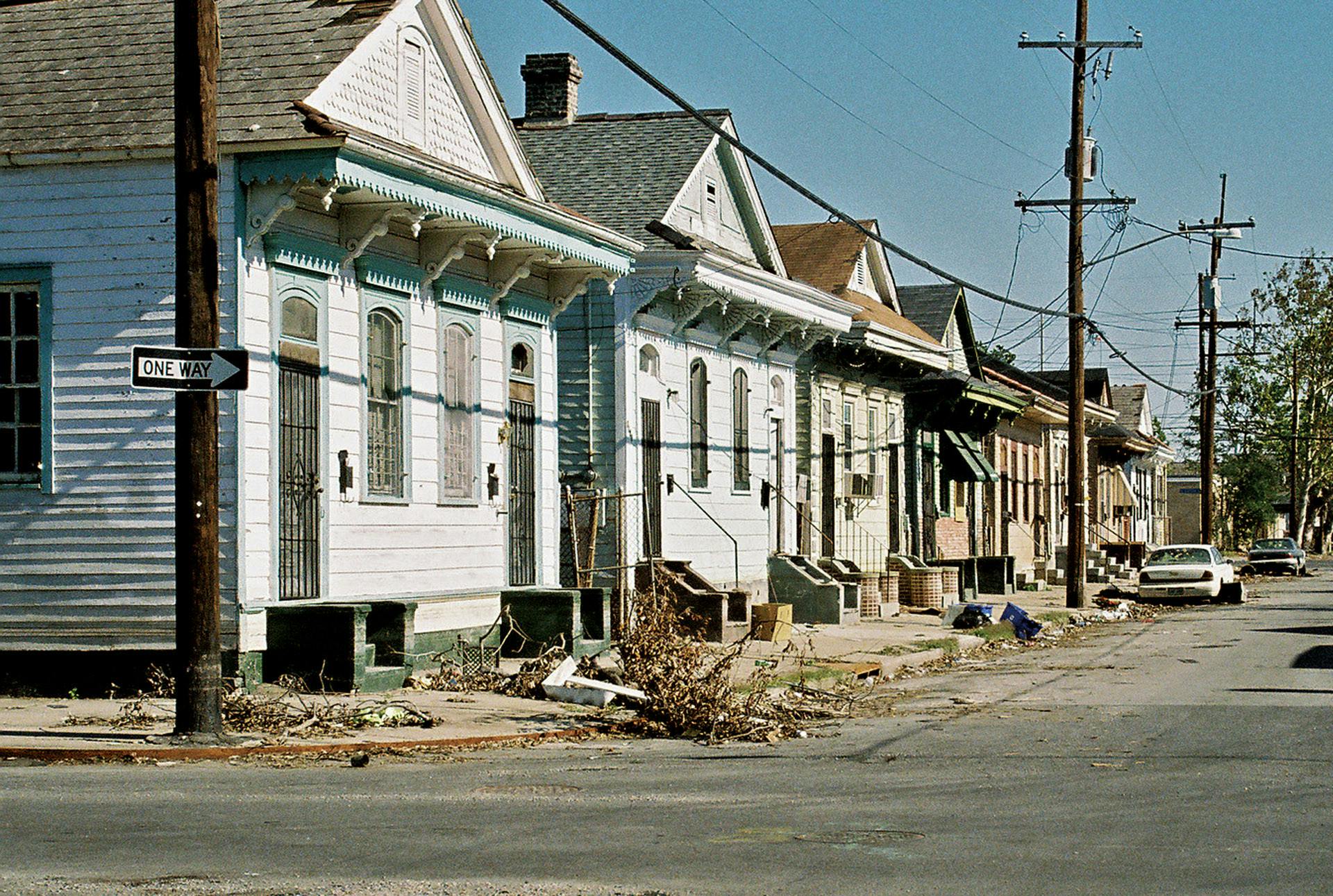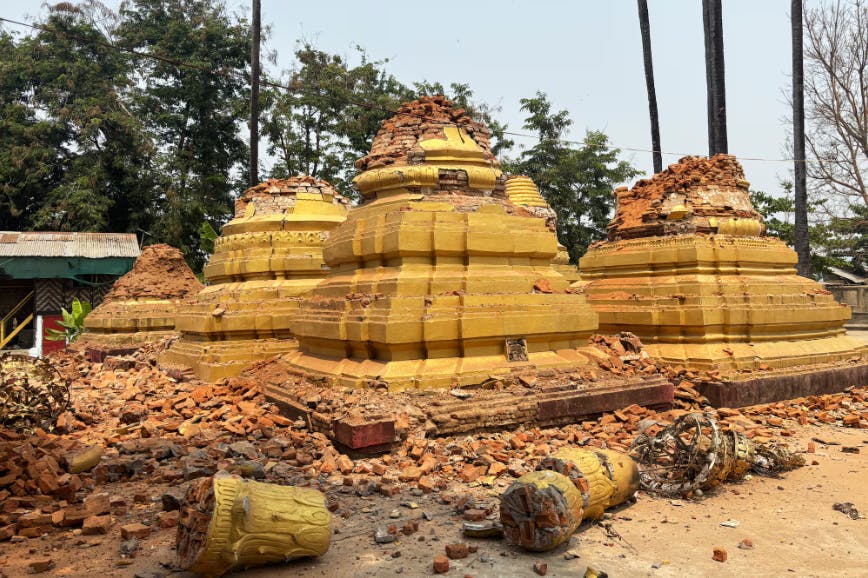Crisis Response Program
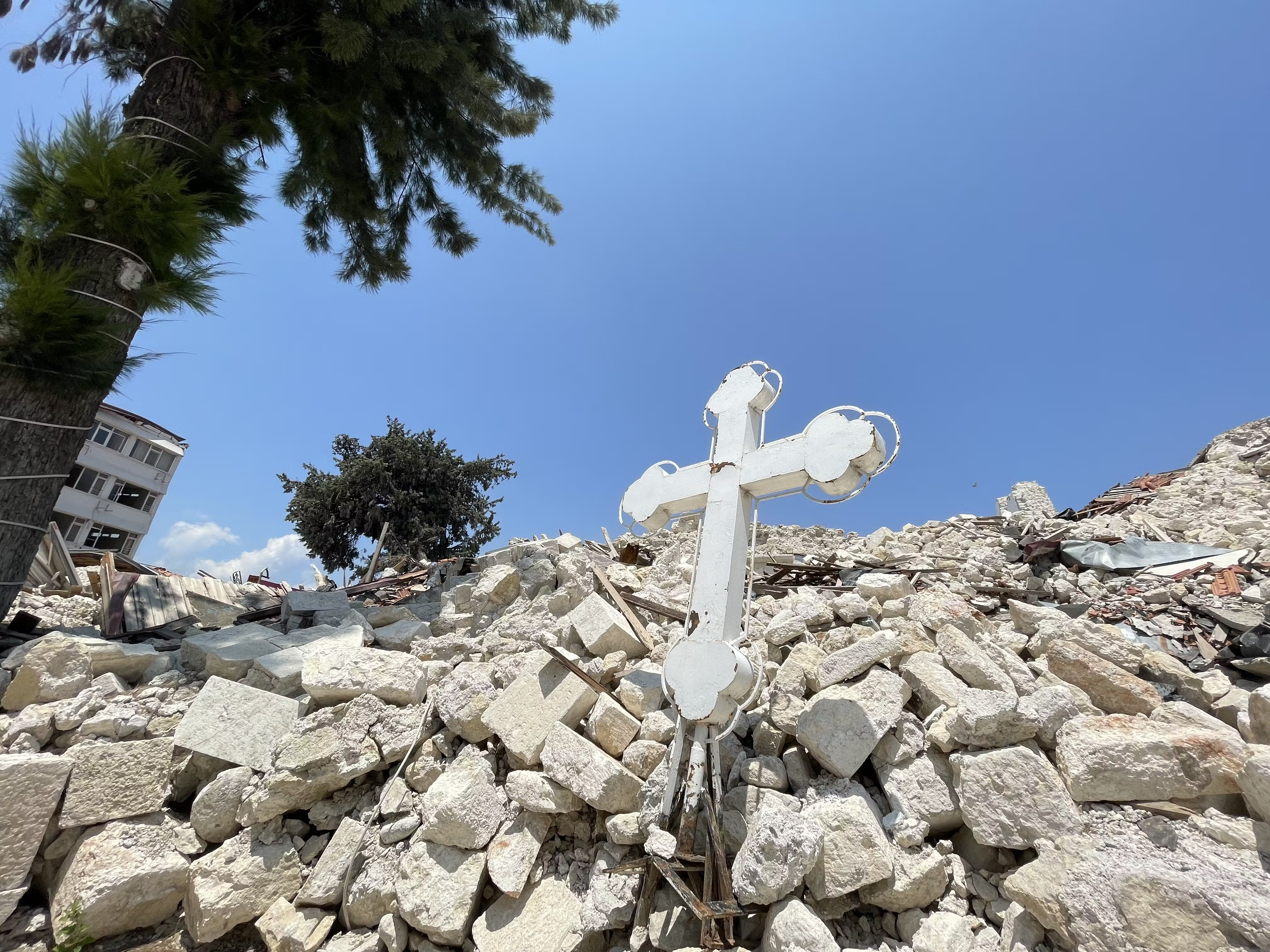
Since our founding, WMF has engaged directly with cultural heritage sites affected by destruction resulting from natural disasters, armed conflict, and other disruptive events.
Today, WMF’s Crisis Response Program is one of WMF’s most important initiatives.
Support Recovery Actions
Through the Crisis Response Program, World Monuments Fund works with communities in the aftermath of a disaster or destruction to support recovery actions at affected heritage sites. Our projects range from emergency stabilization to long-term planning and restoration, from documentation and assessment to preventative planning in the event of fires.
These efforts build community resilience, create economic opportunities, provide essential training, and strengthen social cohesion.
Crisis Response Program Goals:
- To raise awareness about the destruction of cultural heritage by disasters
- To implement projects that strengthen capacity of local heritage actors
- To prevent the loss of cultural heritage around the world
News & Updates
Related Projects
Helping communities rebuild their heritage in the aftermath of crisis has been at the core of our work since the 1966 Venice flood. Explore some of our work.

Historic City of Antakya, Türkiye
Preservation efforts in the ancient city of Antakya are desperately needed to address devastation from 2023 earthquakes and support the return of displaced residents.

Mosul Cultural Museum
The second-largest museum in Iraq, the Mosul Cultural Museum (MCM) is an iconic work by leading Iraqi modernist Mohamed Makiya and one of the city’s few existing modernist structures.

Buddhist Archive of Photography
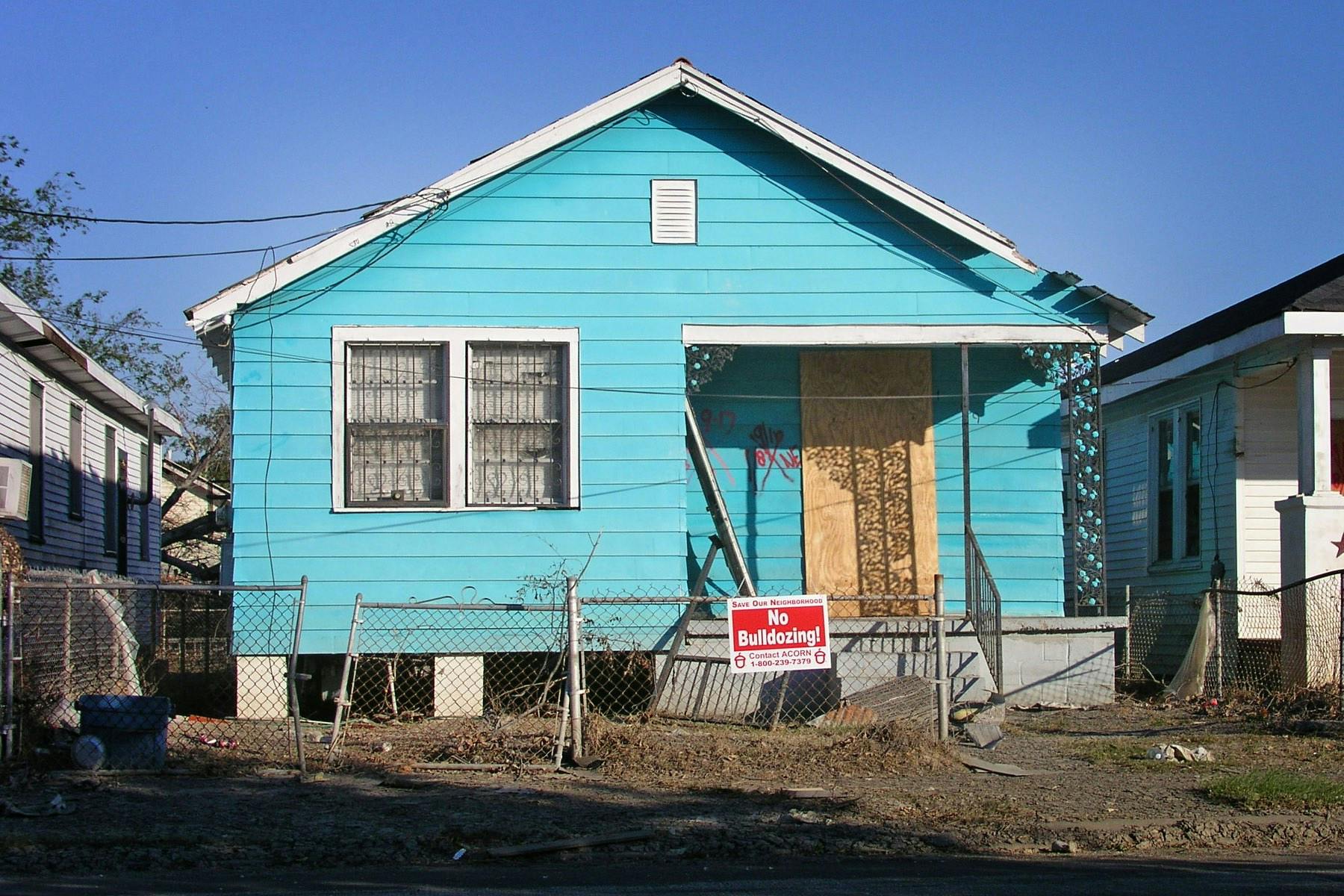
Gulf Coast and New Orleans Emergency Sites
When Hurricane Katrina swept across New Orleans and the Gulf Coast region, local communities and sites of remarkable cultural and architectural heritage were devastated.

Nineveh and Nimrud Palaces
Beginning in the 1990s and continuing during the war in the 2000s, Nineveh and Nimrud were two of many archaeological sites in Iraq that attracted significant international concern due to widespread looting.

San Pedro Apóstol de Andahuaylillas Church
San Pedro Apóstol was built in the sixteenth century over a pre-Columbian huaca, or ceremonial space.

Trashigang Dzong
Since the mid-seventeenth century, Trashigang Dzong has served as a regional administrative and religious center in eastern Bhutan.

Soqotra Archipelago and 'Alha Mosque

Los Angeles Fires Crisis Response
WMF is partnering with LA Conservancy to document and assess heritage sites affected by the devastating wildfires that swept through Los Angeles County in January 2025.
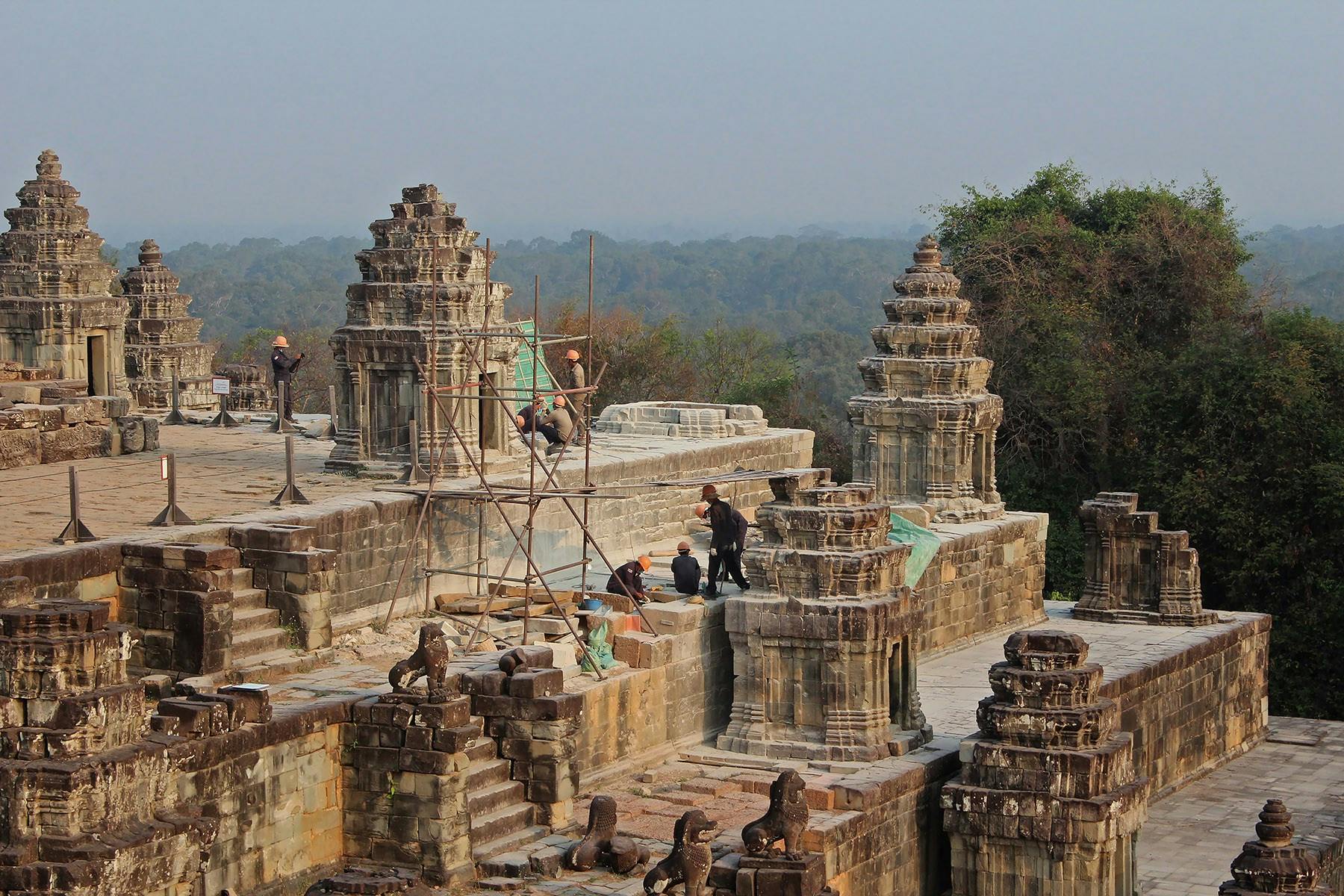
Phnom Bakheng
Phnom Bakheng, the state temple of the first Khmer capital at Angkor, is one of the world’s greatest architectural treasures.

Churning of the Ocean of Milk Gallery Conservation Project
Part of Angkor Wat temple complex at Angkor Archaeological Park, the Churning of the Ocean of Milk Gallery represents a crowning achievement of Khmer artistry.

La Jalca Grande

Preah Khan Temple
The Preah Khan temple complex situated at the northern edge of the Angkor Archaeological Park is one of the most significant buildings erected during the Khmer Empire.

Ta Som Temple
The Khmer temple of Ta Som, located at Angkor Archaeological Park, was built at the end of the twelfth century during the reign of the powerful Buddhist King Jayavarman VII.

Durrës, Krujë, and Prezë

White and Red Monasteries
Help us be ready to act
Your gift to the Crisis Response Program will support communities in crisis across the world.
Learn more
For more information about ways to support the Crisis Response Program at World Monuments Fund, please contact:
Beth Harrison, Senior Director, Institutional Giving
Our Supporters
World Monuments Fund’s Crisis Response Program has been supported, in part, by the Donald A. Pels Charitable Trust, ALIPH, the Danny Kaye and Sylvia Fine Kaye Foundation, Denise Gwyn Ferguson, and other generous donors.


